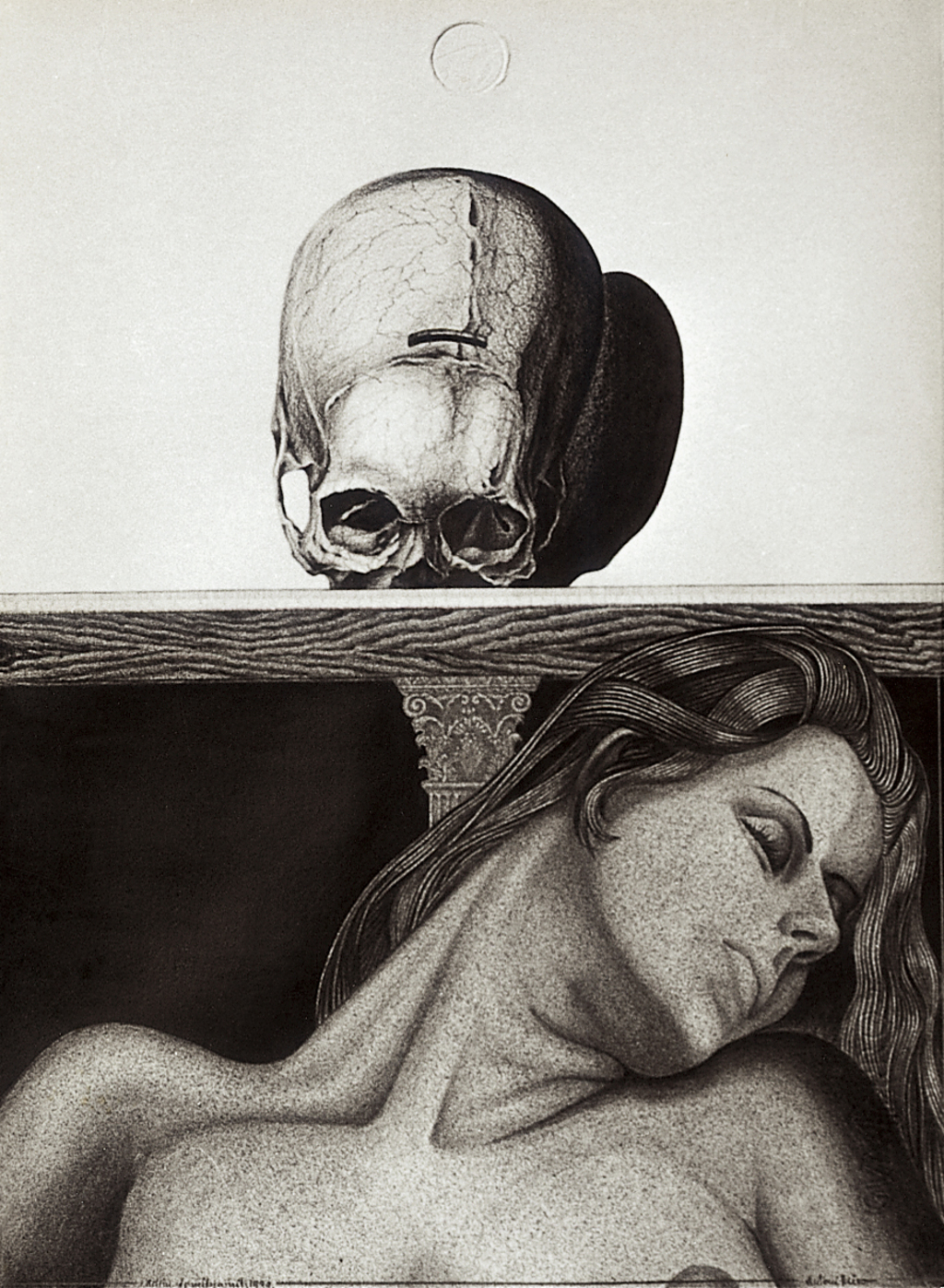From John Locke empiricism to the value of the experience in Antoni Miró.
When Locke (1632-1704) studied the origin of our knowledge, and worked his thinking about “innate ideas” theory, his conclusion was that there are neither innate ideas in our minds, nor within the theory nor in practice (moral). He established his thesis in his first book “Assaig sobre l’enteniment humà” (Essay on human understanding). In it, Locke will opt, especially, for the value of the principle: “tamquam tabula rasa”, that is, our mind is like a kind of blank paper where, little by little, our whole knowledge is inscribed.
As Locke did, the artist Antoni Miró to whom he largely blames his constructive work based on experience, essentially solves the alchemy of his pictorial and creative production. And, furthermore, he will do it in a double direction: the experience achieved through the senses, therefore externally, and the experience produced through self-perception, that is to say the reflection. Thus, emotions and reflections faithfully coexist within the philosophical universe embracing the work of the English thinker. Although in a very main way these two values are adjusted within the plastic work of the painter Antoni Miró. Thereon the emotions (external knowledge), the vast territory of self-perception is built, clearly exalting the undeniable value of experience as an effective tool in the search for contents so that the faculty will be covered of life consideration through the artistic work.
Josep Sou
